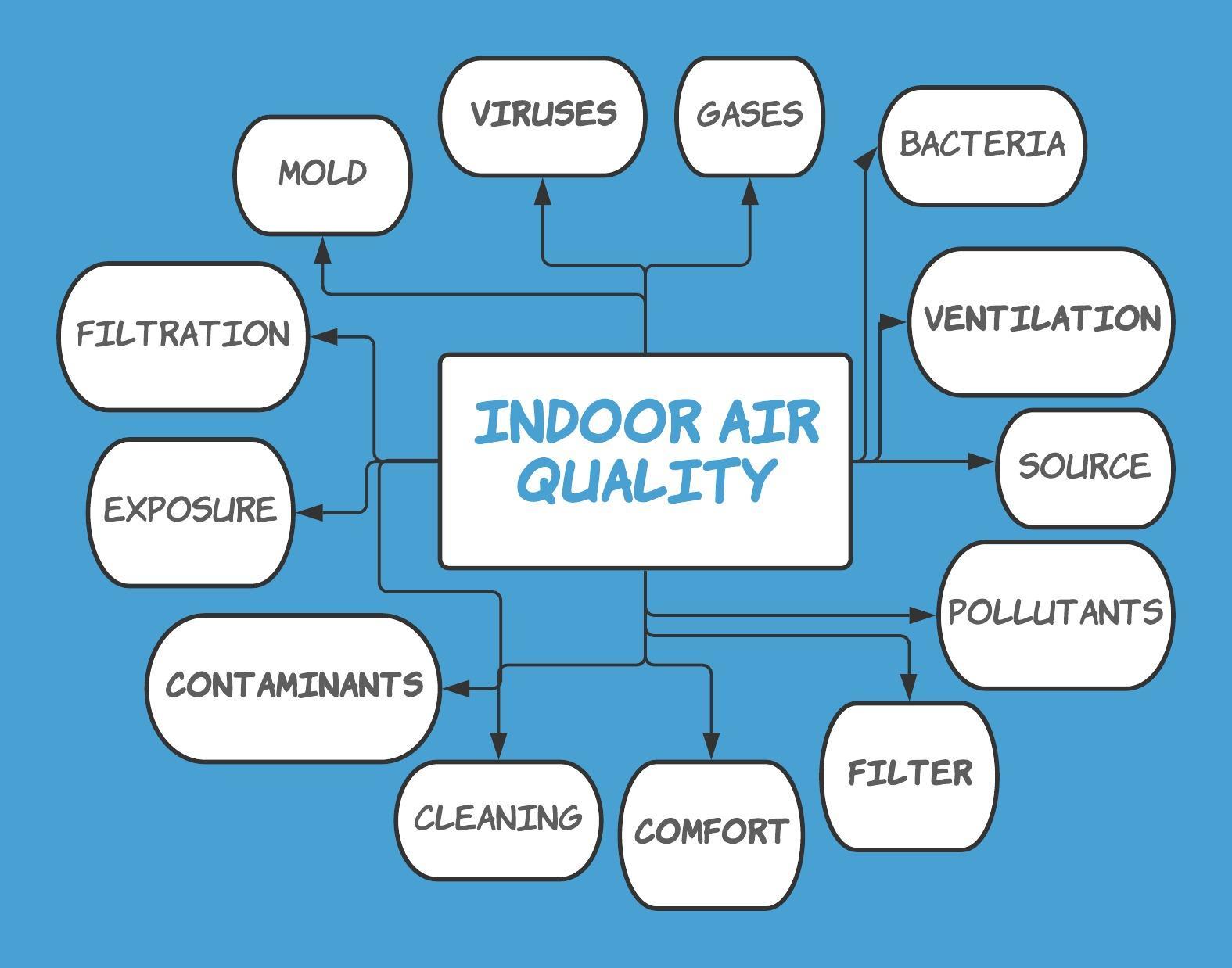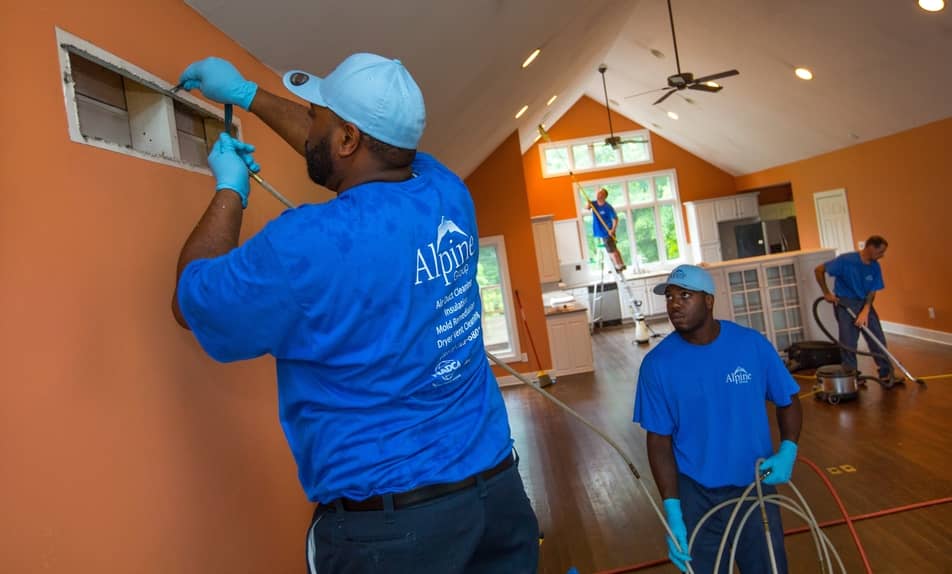How to Test Your Indoor Air Quality
Table Of Content

However, it’s generally a good investment, as it can help you identify and address any problems with your home’s air quality. By following the tips in this guide, you can help ensure that your family enjoys good health and lives in a safe and comfortable environment. VOCs may not be a familiar acronym, but some familiar origins can include paint, cleaners, disinfectants, and stored fuels like gas and propane. VOCs can easily become gasses or vapors that float within your home if they are not stored properly. Long-term effects can look like kidney, liver, and central nervous system damage.
The 3 Best Home Air Quality Monitors of 2024 Reviews by Wirecutter - The New York Times
The 3 Best Home Air Quality Monitors of 2024 Reviews by Wirecutter.
Posted: Fri, 12 Apr 2024 07:00:00 GMT [source]
How to Improve Indoor Air Quality in Single-Family Homes
The best way to keep second and thirdhand smoke out of your living space is to avoid smoking indoors. If possible, it could also be a good idea to minimize the habit, since the thirdhand smoke on your clothes may still affect your living space and air quality. Many office buildings have poor IAQ because of pollution sources and poorly designed, maintained, or operated ventilation systems. Some pollutants in the air are especially harmful for children, elderly people and those with health problems.
Data Logging: Indoor Air Quality Monitors
Consider selecting low-emission cleaning products, and limit the use of candles and incense. Other solutions include a polarized media filter and a UV light, Rohde and Winters said. The UV light works by targeting viruses, bacteria and mold spores and neutralizes it to make it ineffective. Gas-powered heating systems have the potential to release more carbon monoxide, an odorless gas that can cause suffocation and death, into your air. Some experts recommend using direct vent gas appliances, which keep the gas from mingling with your indoor air. Home test kits offer a simple way to check for unsafe levels of radon in your home.
How to Test Your Indoor Air Quality
If you choose to use a do-it-yourself (DIY) indoor air quality testing kit, then you’ll not only cut down on the cost of sample testing, but also the amount of time that is involved with the process. The most common indoor air pollutants are indoor particulates, combustion byproducts such as smoke, and volatile organic compounds. Breathing in polluted air can lead to many serious health problems, including respiratory issues, cardiovascular disease and cancer.
What’s the difference between sulfur dioxide, nitrous oxides, carbon dioxide, and carbon monoxide?
If testing reveals high levels of radon in your air, you can typically reduce radon by sealing the foundation of your home so that the gas can’t leak into your living space. Unexplained respiratory symptoms could offer a clue that it may be time to check the air quality in your living space. But other times, even pollutants with the potential to cause harm go completely undetected for years. In addition, residents should be alert to signs of inadequate ventilation, such as stuffy air, moisture condensation on cold surfaces, or mold and mildew growth. You can use several ways to test for the presence of secondhand smoke.
In most cases, some experts recommend testing air quality if you’re concerned about specific pollutants, not to assess general air quality. “The reason we do indoor air measurement is often to confirm a problem that we know exists, rather than to find some new problem,” he says. Volatile organic compounds (VOCs) are a large group of chemicals found in many common household products, including paints, solvents, cleaning supplies, and cosmetics. VOCs can cause various adverse health effects, including respiratory problems, eye irritation, and headaches. And more importantly, what can you do to improve the air quality in your home if it’s not up to par? Here’s a guide to everything you need to know about indoor air quality testing.
This time, it also got top billing for year-round particle pollution, too. The region is a major site of oil and gas production as well as agriculture, both of which produce significant local pollution. When performing an energy audit or building investigation, I begin monitoring air quality shortly after entering a house, and I let the monitor run for at least an hour before taking a reading. If a blower door test is planned, I need to measure IAQ before the test. The blower door will flush air through the house, usually reducing pollution levels. A variety of factors can impact the air quality in your living space, and they can contribute to a range of short- and long-term health effects.
Use indoor plants effectively
While some home air quality testers retail for a little over $50, the average starting price is more like $100. The top end price is north of $300, and many sell at the middle ground of around $200. It’s not a cheap device, but it’s not too bad for a one-time investment in home wellness.
If you are facing allergic reactions as symptoms, you might have biological pollutants in your air like mold, pollen, dust mites, and bacteria. Beyond getting your air tested, there are a few other ways you can see if your problem is biological. For example, mold can be found in very humid spaces (like your bathroom) and can smell musty. Respiratory symptoms, or increased respiratory irritations, can be products of smoke, mold, pet dander, pollen, and chemicals such as formaldehyde. Environmental factors can change the degree to which those contaminants affect air quality.
There are do-it-yourself radon testing kits available at most hardware stores. One of the major benefits you get from using a DIY home air quality testing kit is that you discover which types of contaminants you may be continually exposed to without even knowing it. Short-term tests take 90 days or less, while long-term tests can take several months. Continuous tests monitor radon levels at all times and alert you if high levels of radon are detected. Luckily, there are ways to test for all of them, sometimes cheaply, and there are fixes for all IAQ problems.

Identify which toxins are likeliest to pose a hazard to your household before buying a monitor or test. Humid regions may also lead to humidity concerns in indoor environments, and homes with pets are likelier to have dander. You can use the EPA’s AirNow map to determine the air quality in your local community. An air quality monitor can identify and alert you to an issue in its early stages.
Remember to keep changing your air filter, as that can help quite a bit with particulate matter and mold. And if you struggle to remember, try a Second Nature subscription (did you like that segue right there?). We’ll ship you quality air filters when it’s time to change them, so you never forget again. Radon, like carbon monoxide, is odorless, colorless, tasteless, and completely undetectable without a purpose-built detection device.
Comments
Post a Comment